BMW iX1 vs Hyundai Ioniq 5 vs BYD Sealion 7 Comparison Review
We pit a Hyundai against a BMW, with a BYD thrown in to try and find the best premium EV under ₹50 lakh.
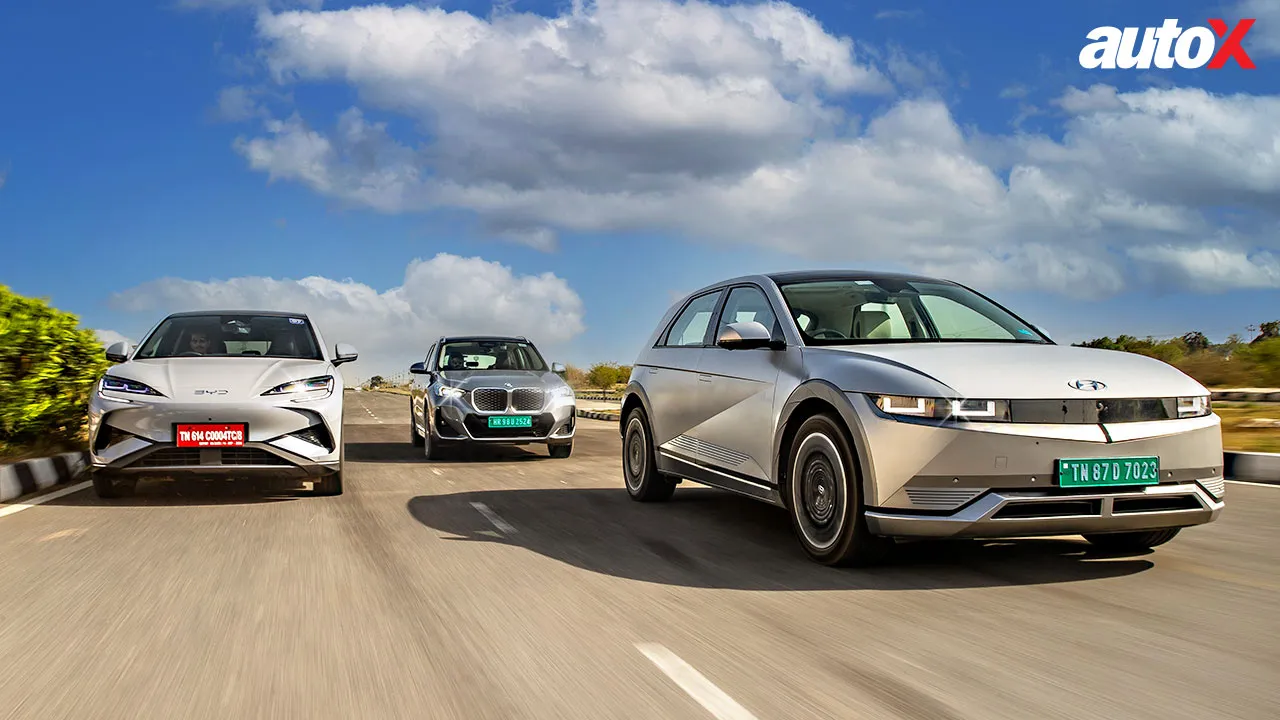
The story of the Indian economy’s growth is closely intertwined with the ever-evolving automotive industry. Over time, we’ve compared the best premium vehicles in India, the top EVs, and the best premium vehicles under ₹50 lakh. But now, rising awareness, intensified competition, and growing domestic production means big brands are going head-to-head for the title of the best premium EV under ₹50 lakh.
The first true contender to set the benchmark was the Hyundai Ioniq 5. And if you’ve been following us closely, you’ll know that it even clinched the top honours in our four-way EV battle last year. Next, came BMW with an even more tempting offer – a long-wheelbase electric X1 with a base price of just ₹49 lakh (ex-showroom). Finally, the latest entrant is the Sealion 7 from BYD – the world’s largest EV manufacturer.
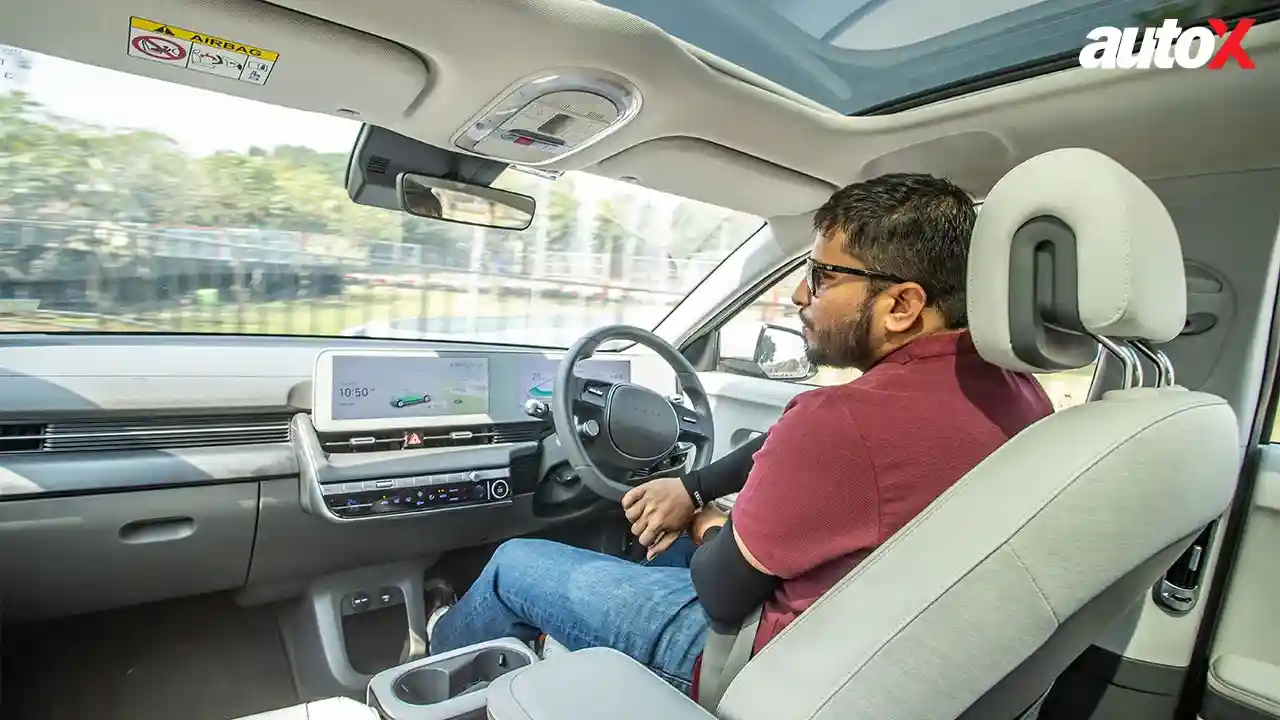
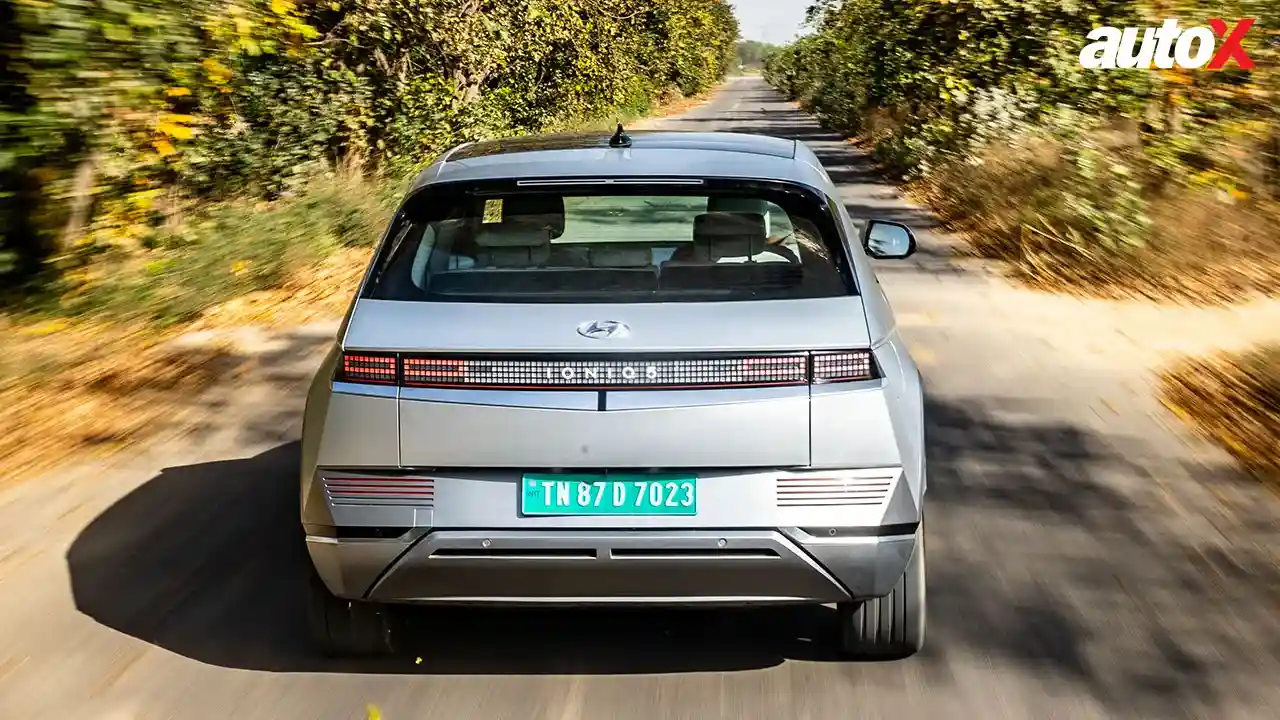
So, while each of these premium EVs brings something unique to the table, only one can claim the title for the best-value-for-money offering. Time to pit them against each other and find out!
The Biggest Head-Turner
Let’s start with the Hyundai Ioniq 5, given that it’s the oldest among the trio. The Ioniq 5 features one of the most distinctive designs in the automotive landscape – simply a masterclass in retro-inspired styling. So, while some might swoon over its design, others might dismiss it for being a thing of the past. Drawing inspiration from Hyundai’s 1974 Pony Coupe Concept, the Ioniq 5 blends clean geometric lines with Hyundai’s future-proof design philosophy. Its pixelated LED lighting signature – at both the front and rear – adds a digital-meets-analogue charm that’s unmistakably unique. The clamshell hood, one of the first in Hyundai’s lineup, reduces panel gaps for a sleeker appearance, while the flush door handles and uniquely designed 20-inch turbine-style alloy wheels add in terms of both style and efficiency. Over that, the long 3,000mm wheelbase (the longest of the three) adds to the car’s visual appeal while maximising interior space.
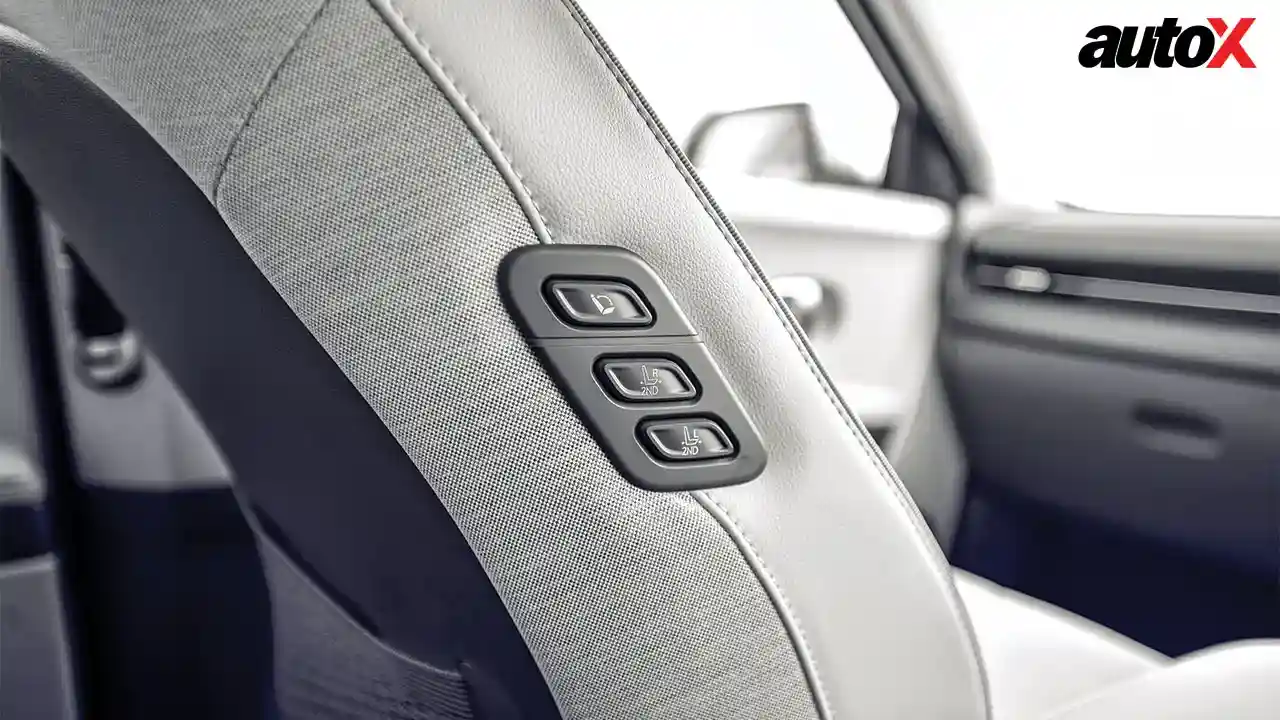
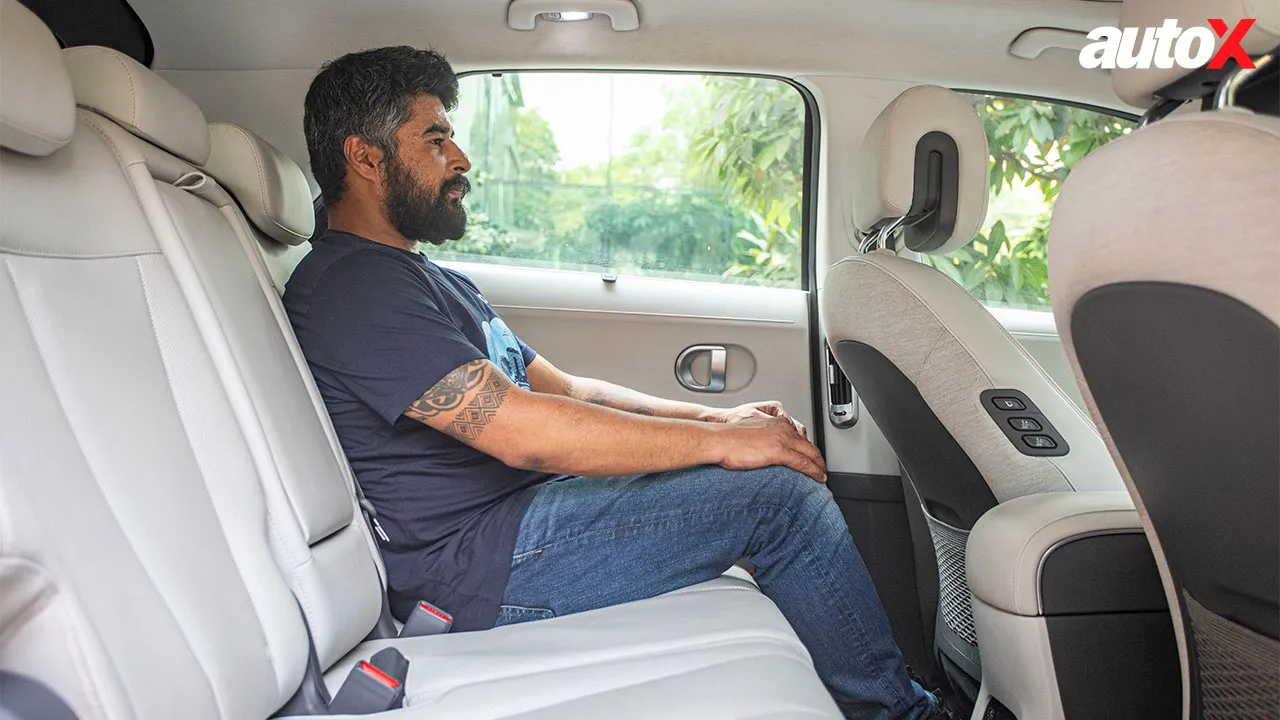
The BMW iX1 LWB, on the other hand, isn’t all-new or unique. It retains the aesthetic appeal of its standard wheelbase predecessor but has grown in size. Its overall length has increased by 116mm to 4,616mm, with the wheelbase alone extended by 108mm to 2,800mm. This expansion is primarily concentrated behind the B-pillar, yet the SUV has well-balanced proportions, and does not look awkward or stretched.
Some of its key design elements have been carried over from the outgoing iX1, including the sleek LED headlights with curved DRLs that double as indicators and the distinctive 3D L-shaped LED taillamps. The front fascia features BMW’s signature closed kidney grille – a reference to its electric identity. However, the 18-inch alloy wheels, which have been borrowed from its predecessor, feel a little underwhelming – a larger, more premium set of wheels would have done a better job of complementing the car’s overall appeal.
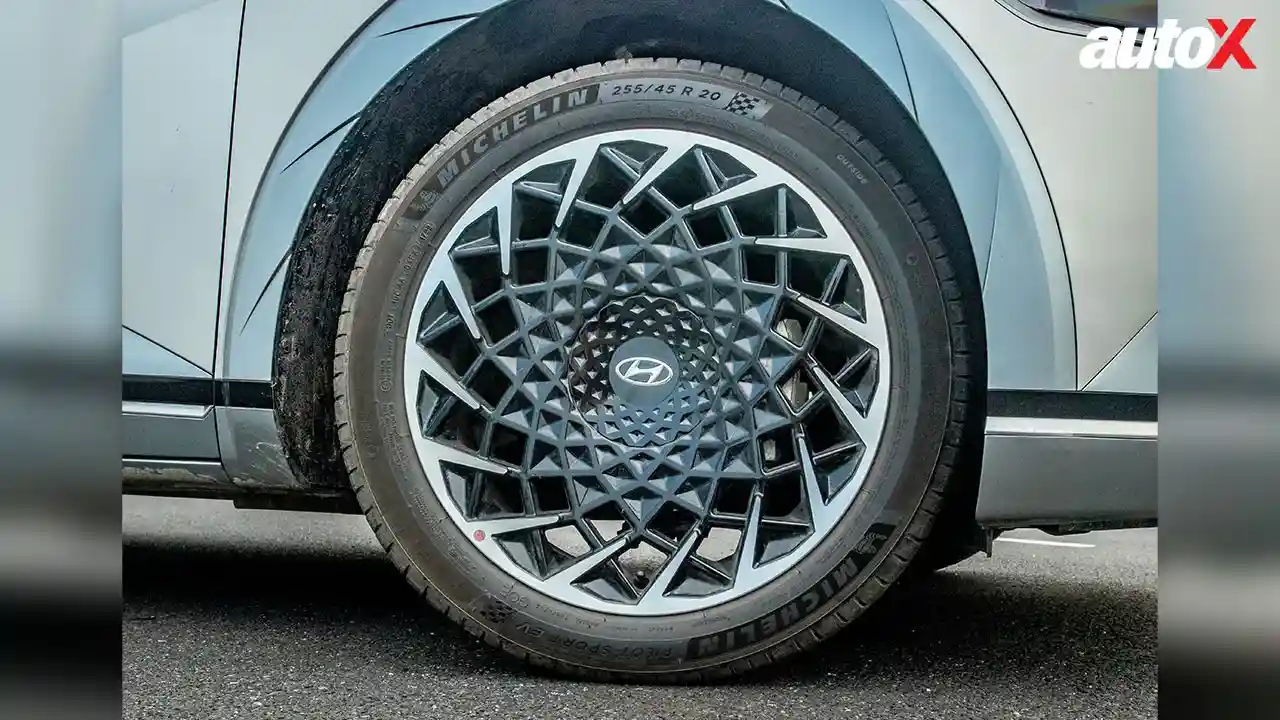
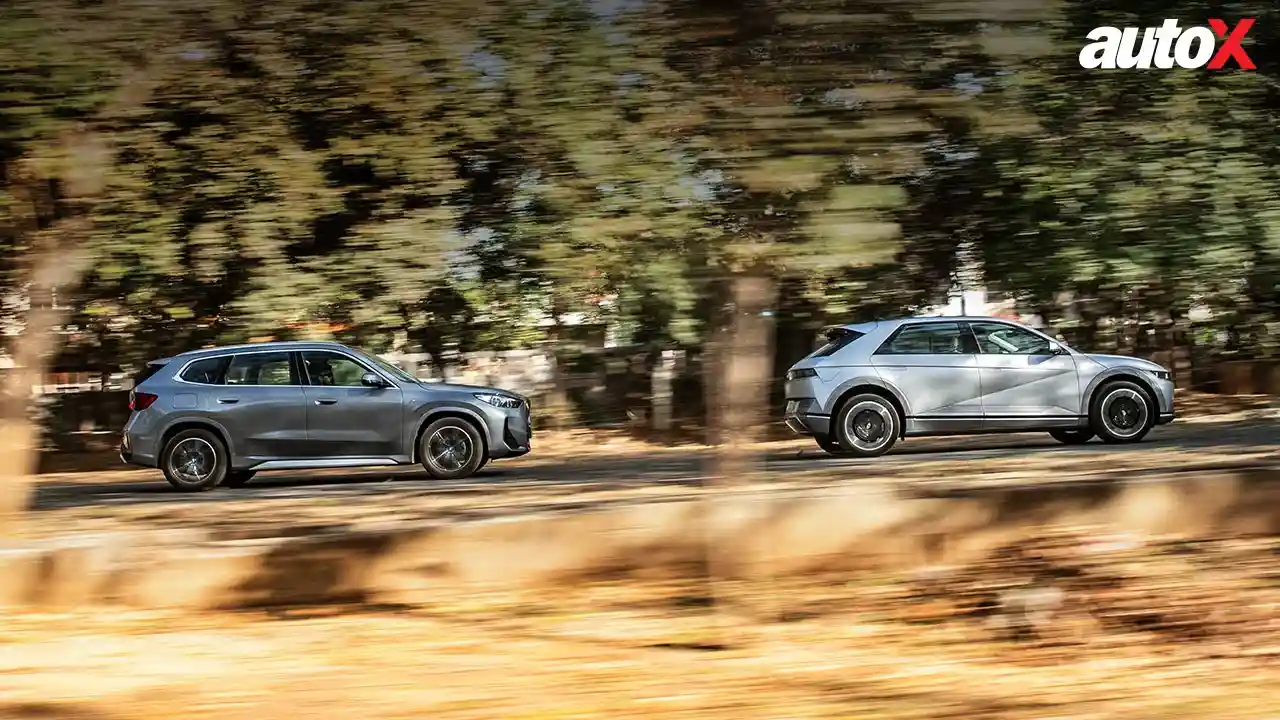
That said, the iX1 LWB gets a notable and practical upgrade – the rear doors now open wider, making ingress and egress noticeably easier for back-seat passengers. Combined with the extended wheelbase, this upgrade significantly improves rear cabin space and overall comfort. And for those who prefer traditional SUVs, the iX1 is the only conventional-looking SUV of the lot, albeit a particularly handsome one.
Lastly, we have the BYD Sealion 7. I must confess that it grabbed my attention the moment I first saw its image flash across my computer screen. Arguably, the sleekest-looking car in this line-up, if not across the entire Indian EV portfolio, the Sealion 7 makes a striking first impression. My colleagues, Aakash Paul and Siddharth, shared the same sentiment. ‘The Sealion 7 looks the best, thanks to its tall stature, clean lines, and sleek lighting setup, and it’s also easy on the eyes,’ remarked Aakash.
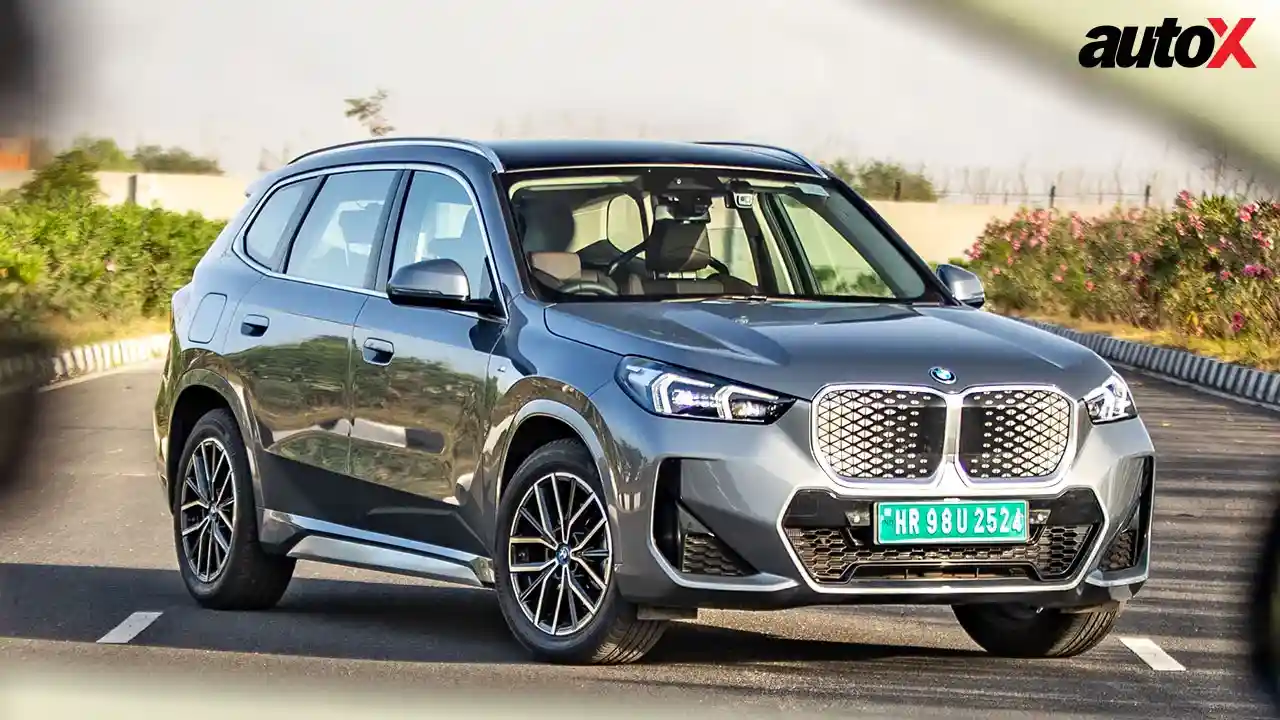
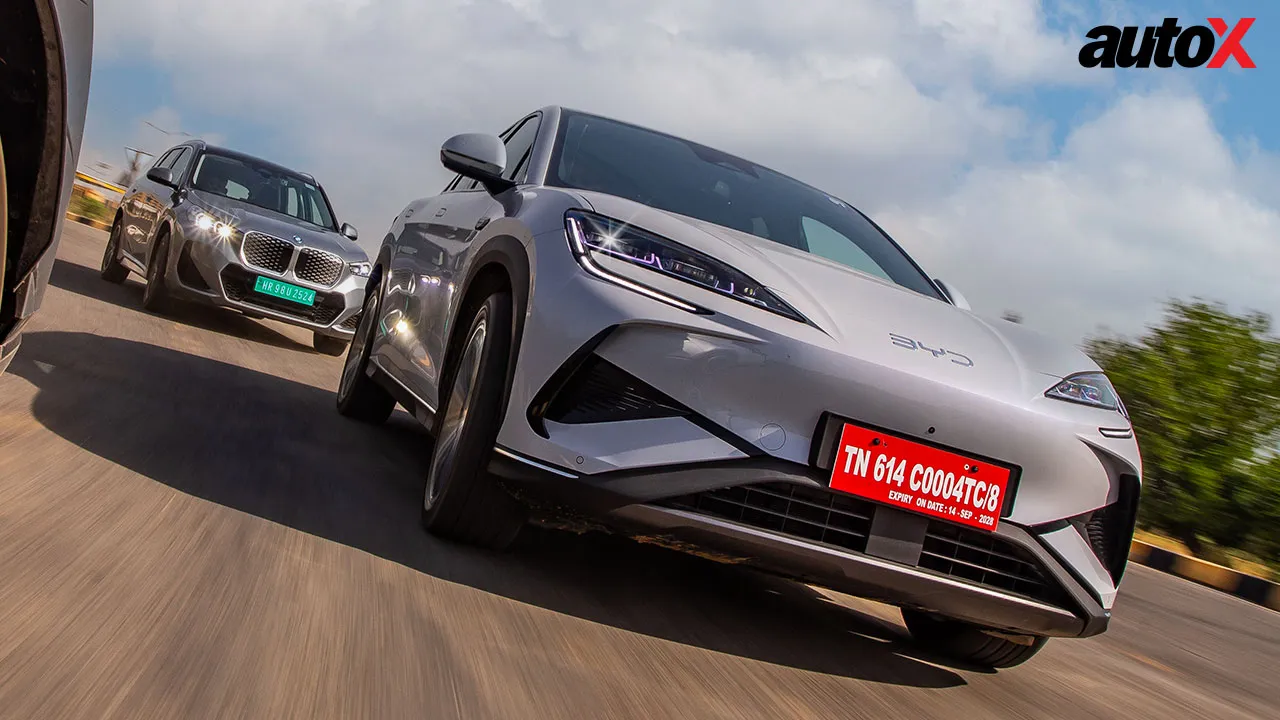
The exterior design is defined by a sleek aerodynamic silhouette with sharp lines and a distinctive front fascia, which includes a prominent closed grille, similar to other models in BYD’s electric vehicle line-up. The LED headlights are well integrated into the design, offering a more futuristic look compared to the other two on the list. Measuring approximately 4,800mm in length, the Sealion 7 has large proportions and a spacious cabin. What’s interesting is that the car pulls off its size with grace – the proportions are well-balanced, never coming off as overly bulky. Overall, in terms of exterior design, the BYD Sealion 7 offers the best balance between form and function, making it the most visually compelling option in this category.
Interior Design, Features & Practicality
Without wasting any time, let’s get straight to it – the Hyundai Ioniq 5 easily has the cleanest-looking and most practical interior of this entire group. It sets a high bar for interior design, blending futuristic elements with eco-friendly materials. The cabin is characterised by minimalistic design elements, a flat floor, and a dual 12.3-inch display setup.
The bright-looking interior uses recycled plastics and vegan leather, which not only adds to the car’s eco-friendly credentials but also to the cabin’s spacious feel. Comfort doesn’t take a back seat, either. It comes with ventilated and adjustable front seats, along with heated and adjustable rear seats with ample legroom, thanks to its 3,000mm wheelbase – which is, might I remind you, the longest of the trio.
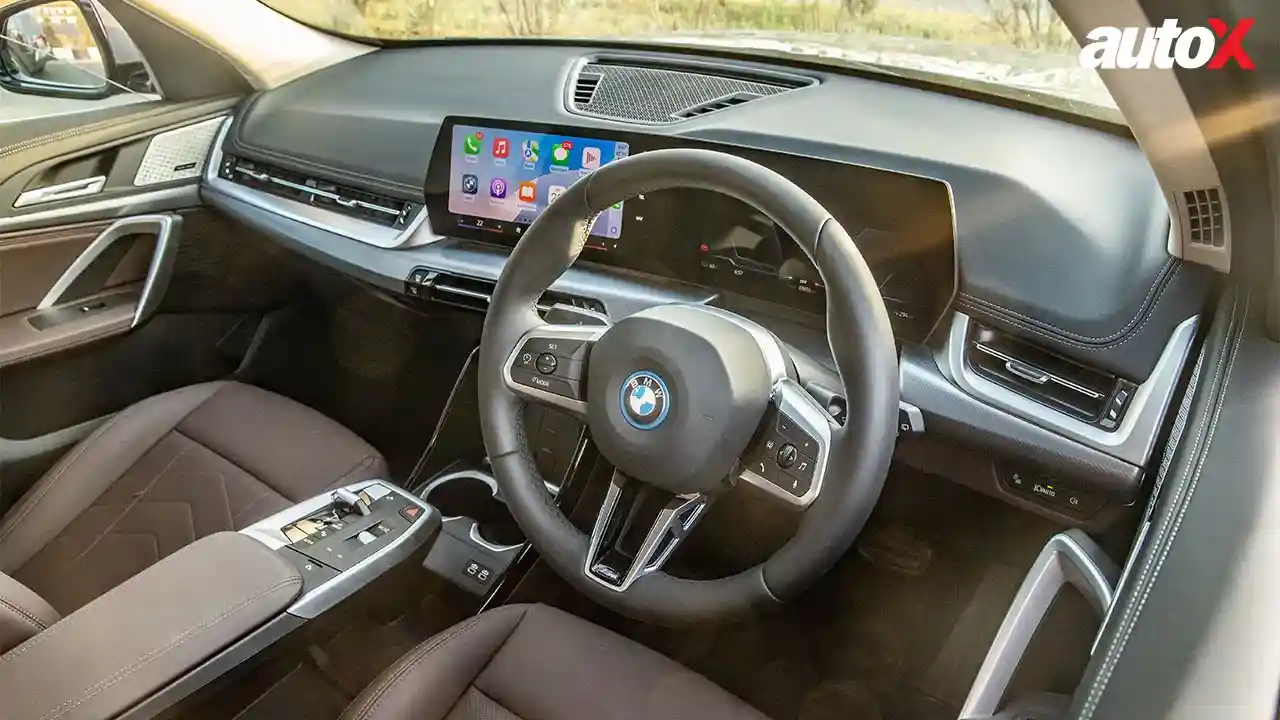
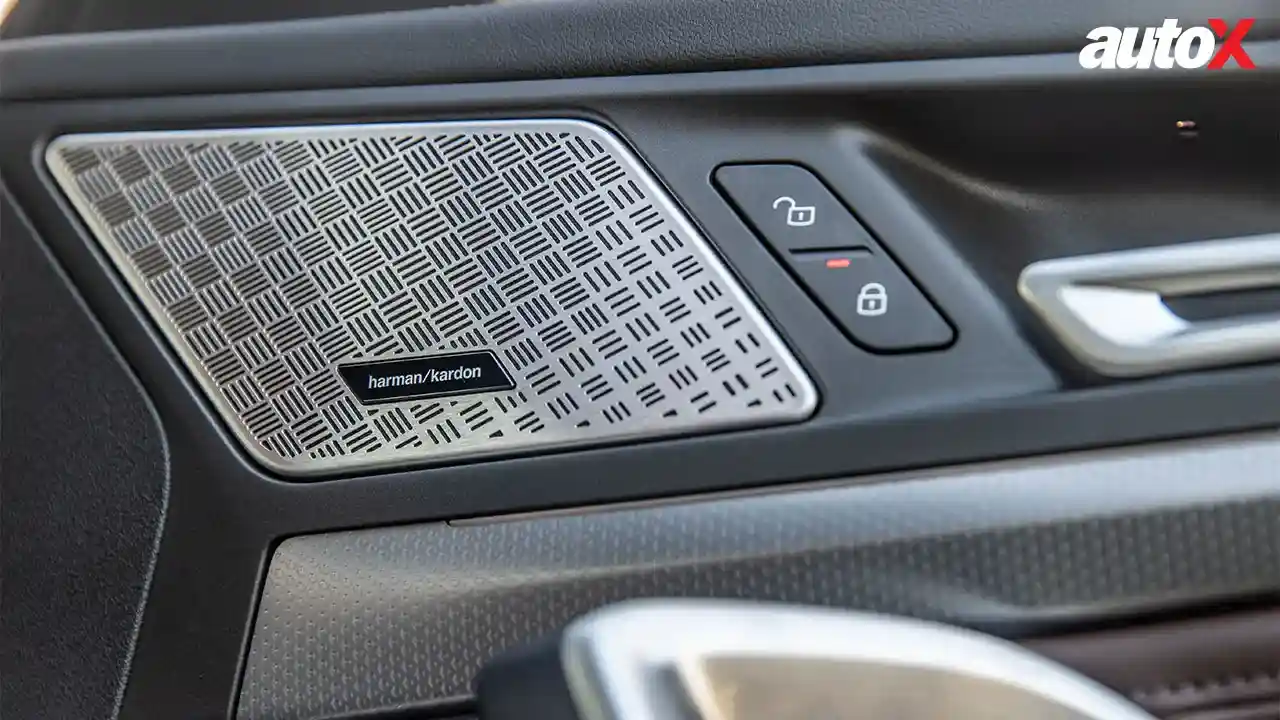
In terms of practicality, the Ioniq 5 comes with features like a sliding centre console, generous storage spaces, and a spacious cargo area. Additionally, it also gets dual-zone climate control and the V2L (vehicle-to-load) system, which gives you the ability to power electrical devices via a 3.6kW AC power outlet in the rear seat area. Overall, the Hyundai Ioniq 5 might not have the most modern-looking design, but it is the most feature-packed option at the most affordable price on the list.
That said, there were a few drawbacks. The all-white interior layout, while visually striking, is extremely susceptible to dust and dirt. Second, in comparison to the interior of the BMW and BYD, the Ioniq’s cabin looks a bit subdued and uninspiring. In terms of tech, the lack of wireless Android Auto and Apple CarPlay connectivity is a surprising omission, and the inclusion of rear-seat heating feels a bit redundant for our climate.
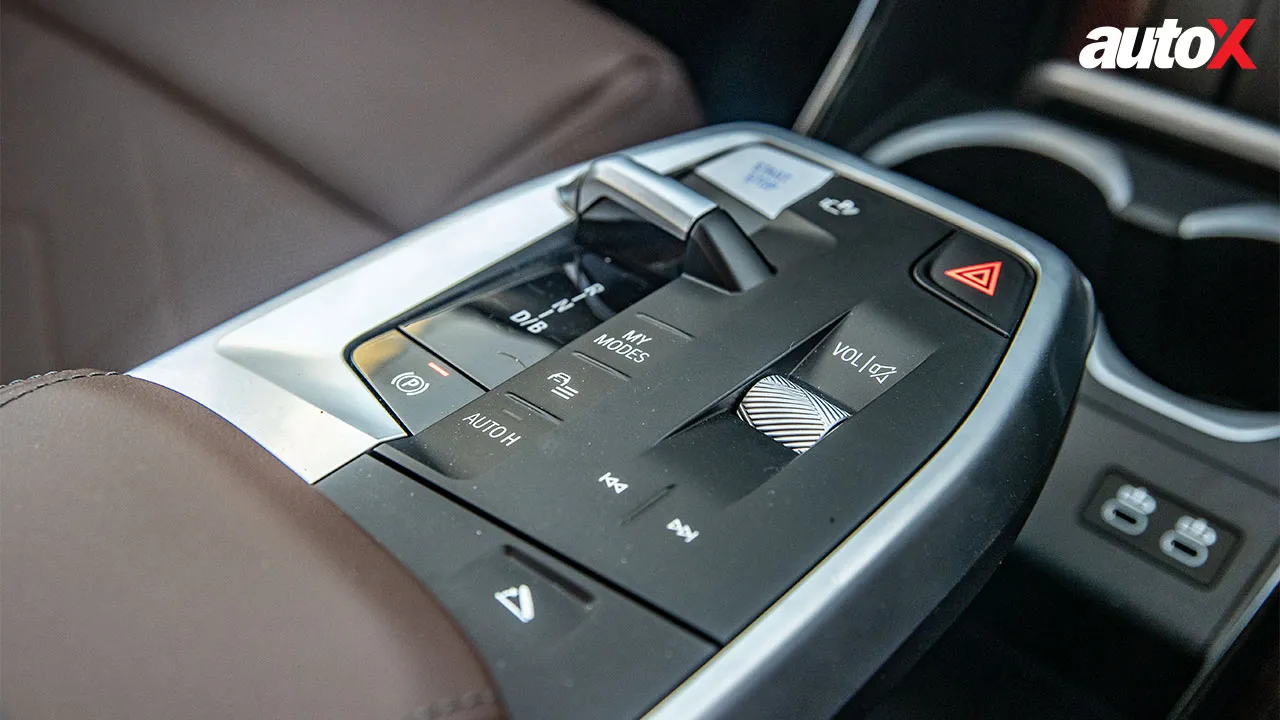
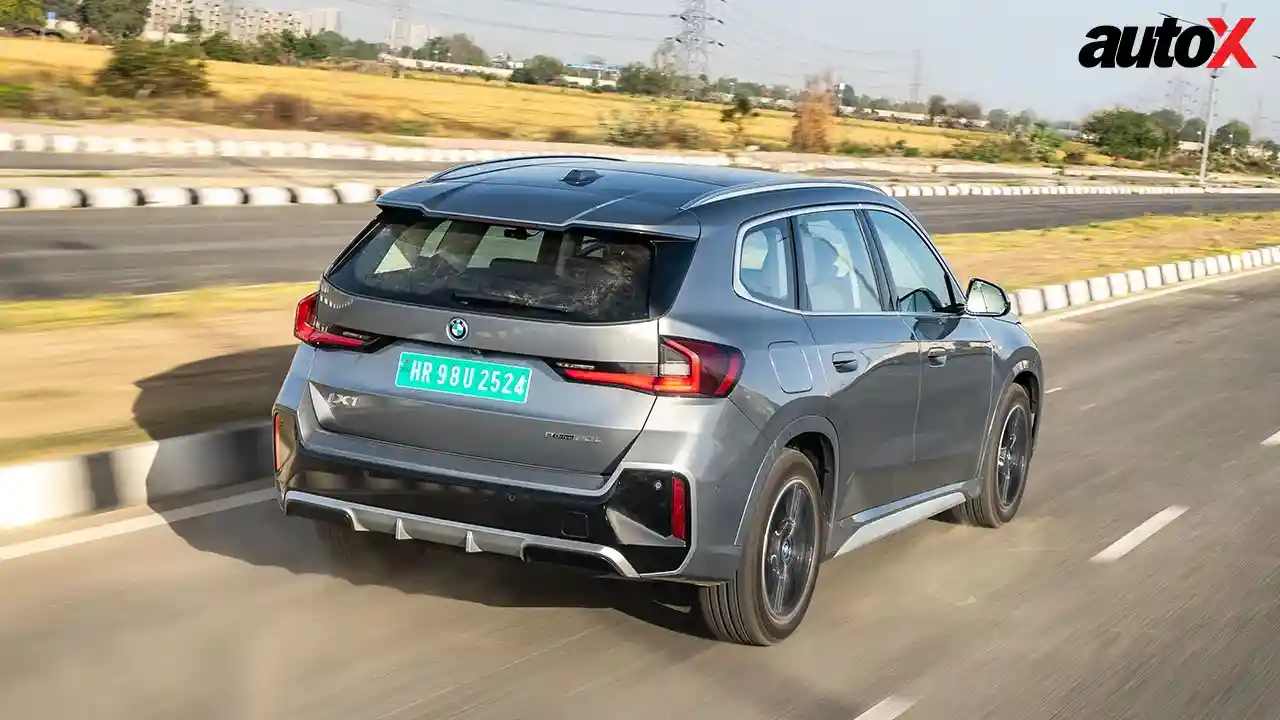
In contrast, the BMW iX1 LWB offers a more refined and premium-looking interior, but it, too, is not without its fair share of issues. The driver-centric design is highlighted by a curved display, which houses both the digital instrument cluster and the infotainment system. Premium materials such as leather upholstery and brushed aluminium trims are easily the best of the three. While not as airy as the Ioniq 5 and Sealion 7, the iX1 LWB is certainly the most elegant. It also has the most comfortable seats – both front and rear – of the three vehicles here. Unfortunately, while the extended wheelbase adds to the rear-seat comfort compared to the outgoing standard model, it still lags behind the other two models in this comparison.
Being the only vehicle here that is not based on a ground-up EV platform, the X1 does suffer from inadequate under-thigh support. While it nails all the basics in terms of features, it misses out on some cooler and essential ones, like ventilated seats. Still, the iX1 LWB strikes a nice balance between luxury, practicality, and elegance. It will appeal to those who want a plush, luxurious cabin experience without any overly complicated, quirky features like the other two.
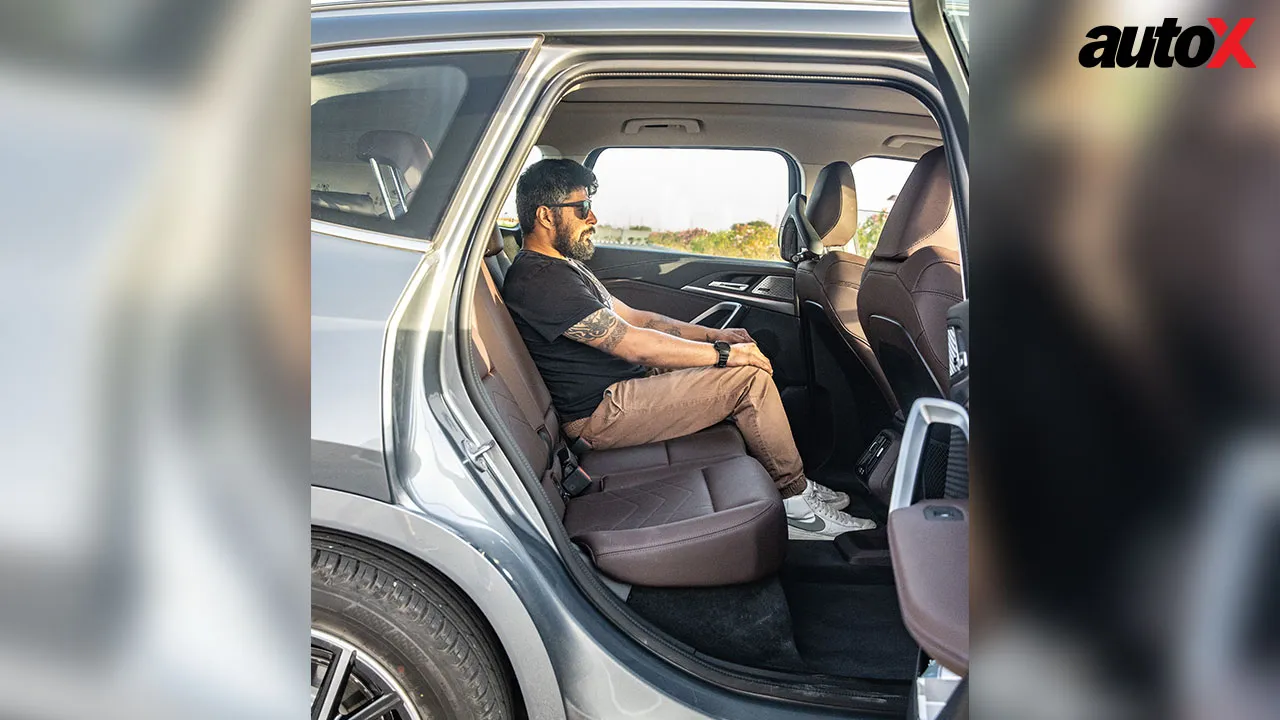
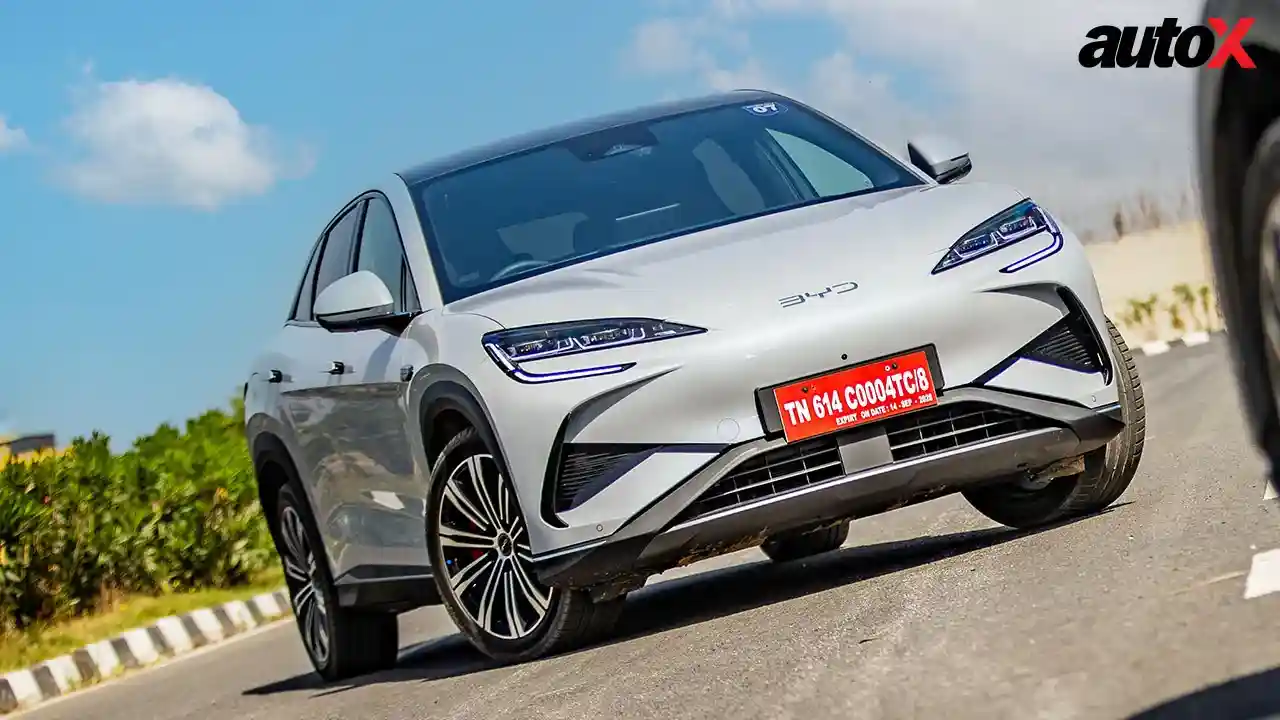
Finally, we come to the Sealion 7. Since none of us had driven the car during its initial debut, this was our first hands-on experience – and honestly, it didn’t get off to a good start. The all-black interior seems to cause a glasshouse effect, turning the cabin into a sauna, which becomes even worse for rear-seat passengers. Although it comes with factory-fitted tinted windows, they aren’t as effective as expected. Even the large touchscreen becomes uncomfortably hot to touch when the car is parked under direct sunlight. Then there are the issues of the lack of rearward visibility and the persistent Driver Fatigue Monitor, which frequently interrupts even normal conversations with unnecessary alerts, asking you to pay more attention to the road. Oh, and there is the 15.6-inch rotating touchscreen, which, bizarrely, rotates if you try to take a corner a bit enthusiastically.
That said, if you just take a long breath and a step back, you’ll realise that the Sealion 7 actually offers the most complete package of the trio. It’s certainly the most visually striking, with soft-touch materials all around, premium seats, and well-finished metal details – better than the Ioniq 5 and easily on par with the BMW. That’s saying something!
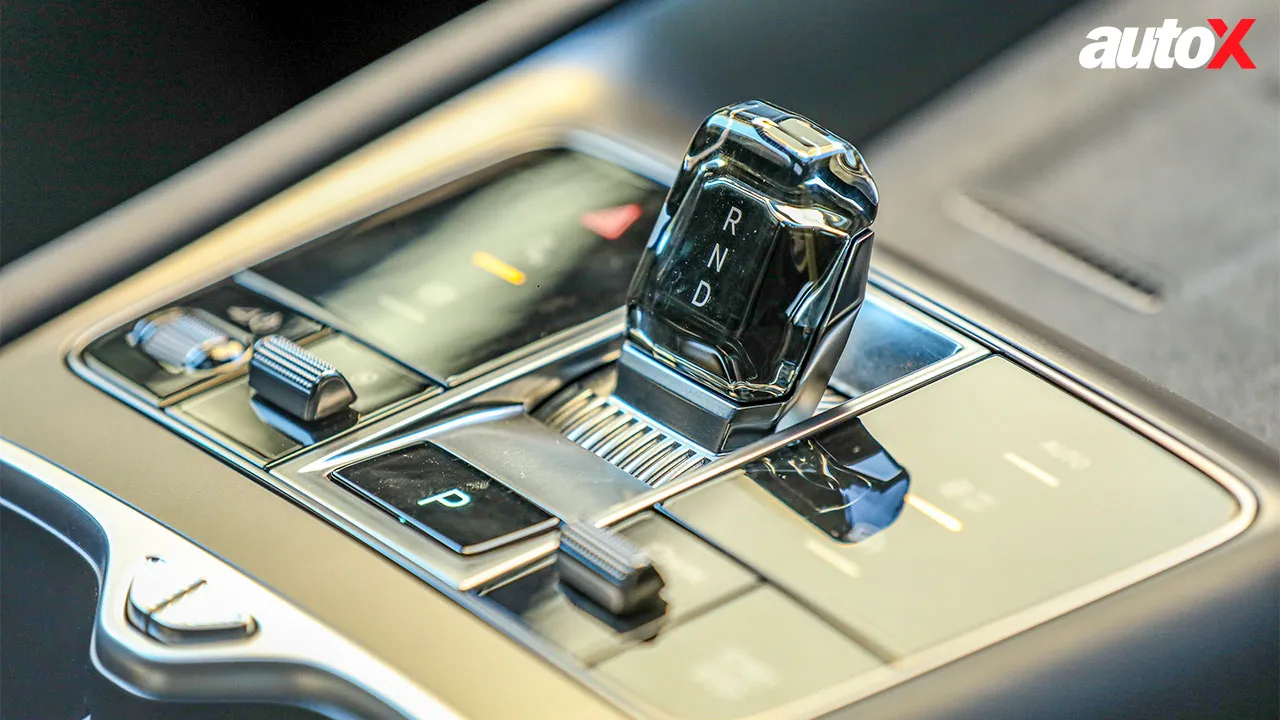
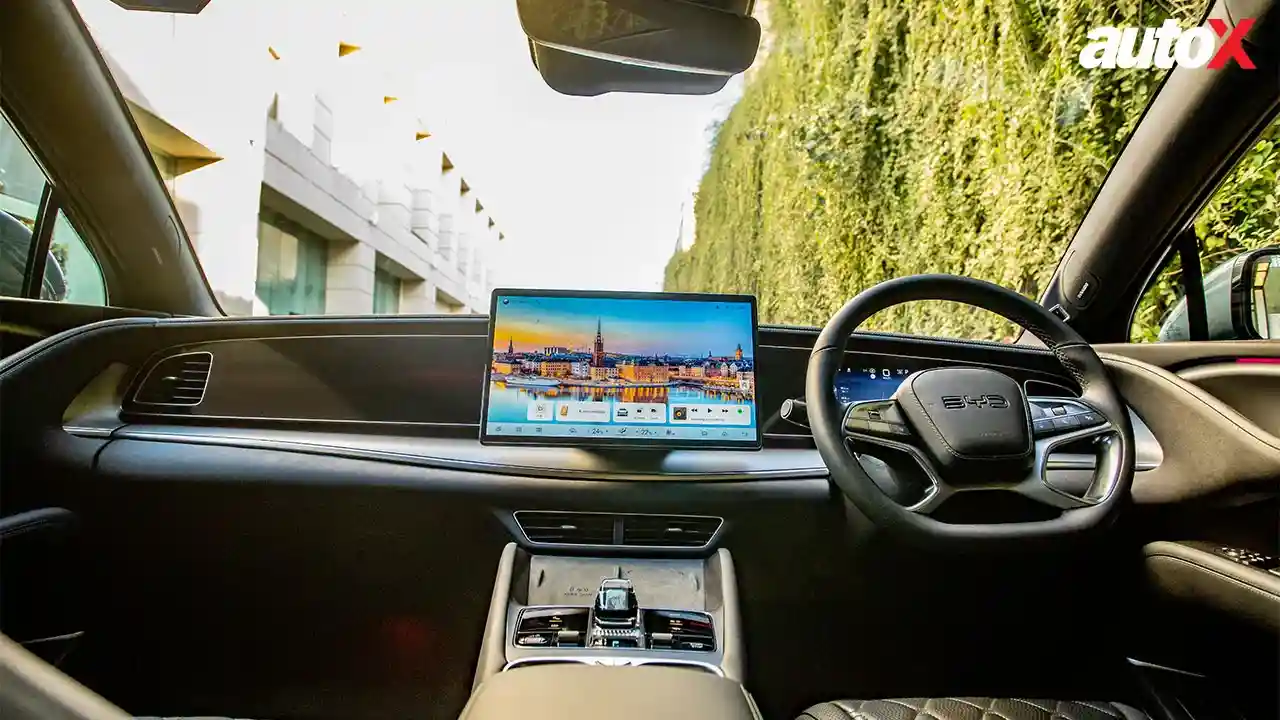
With a wheelbase measuring 2,930mm, it matches the Hyundai Ioniq 5 in terms of space, offering generous headroom and legroom in both rows. It’s easily one of the roomiest options in the SUV coupe space. It comes with a long list of features, including the aforementioned large rotating touchscreen. It’s quite a party trick, actually – when you are not driving fast and getting freaked by it, that is. It also gets a cooled 50W wireless charging pad lined with soft-touch material, multiple USB Type-C charging ports, height-adjustable cup holders, and a 12-speaker Dynaudio system. The Sealion 7 will appeal to those who value space, standout features, and futuristic design, without compromising on quality and value.
Performance and Efficiency
One of the biggest reasons the Hyundai Ioniq 5 excelled in our previous EV comparison was its outstanding performance, which becomes even more impressive considering the price. However, in this comparison, that advantage seems to have evened out. Still, I was impressed at how well it blends driving dynamics, efficiency, and range.
Powered by a single rear-mounted motor producing 215bhp and 350Nm, It may not be blisteringly quick, but it does exhibit pep when you step on the throttle pedal. The motor is mated to a 72.6kWh battery pack and offers the highest claimed range in this comparison – 631km.
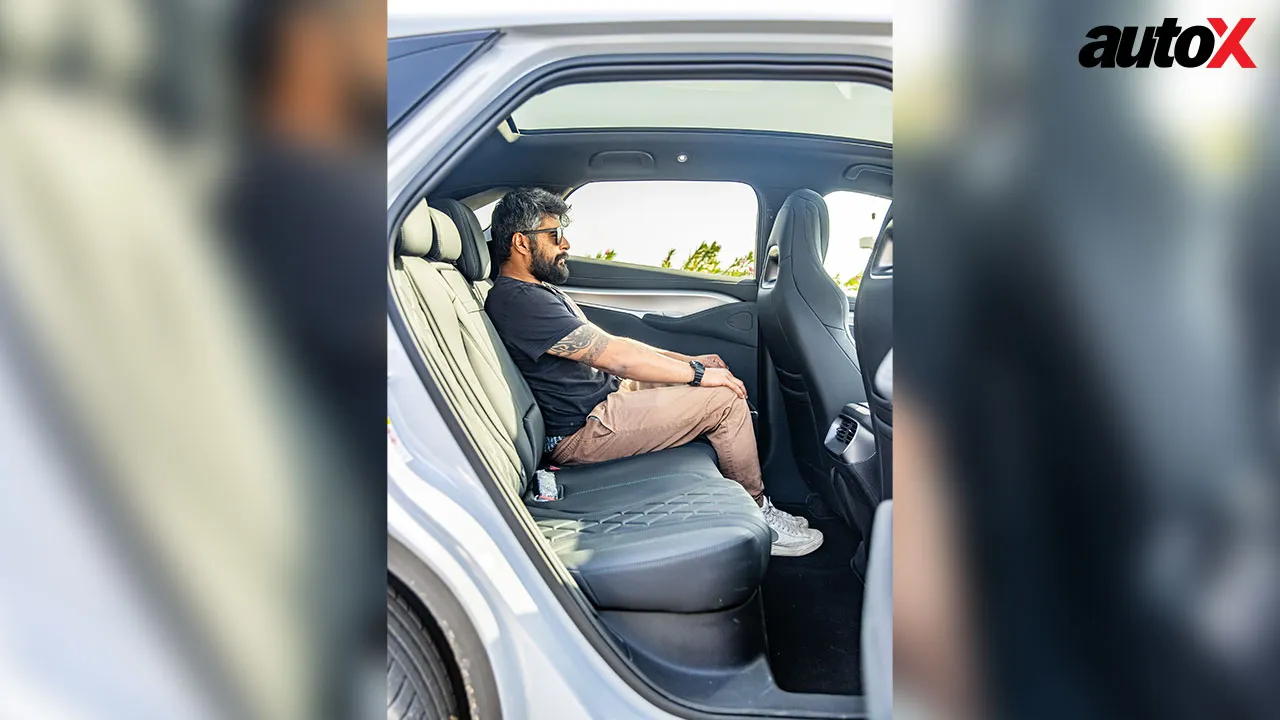
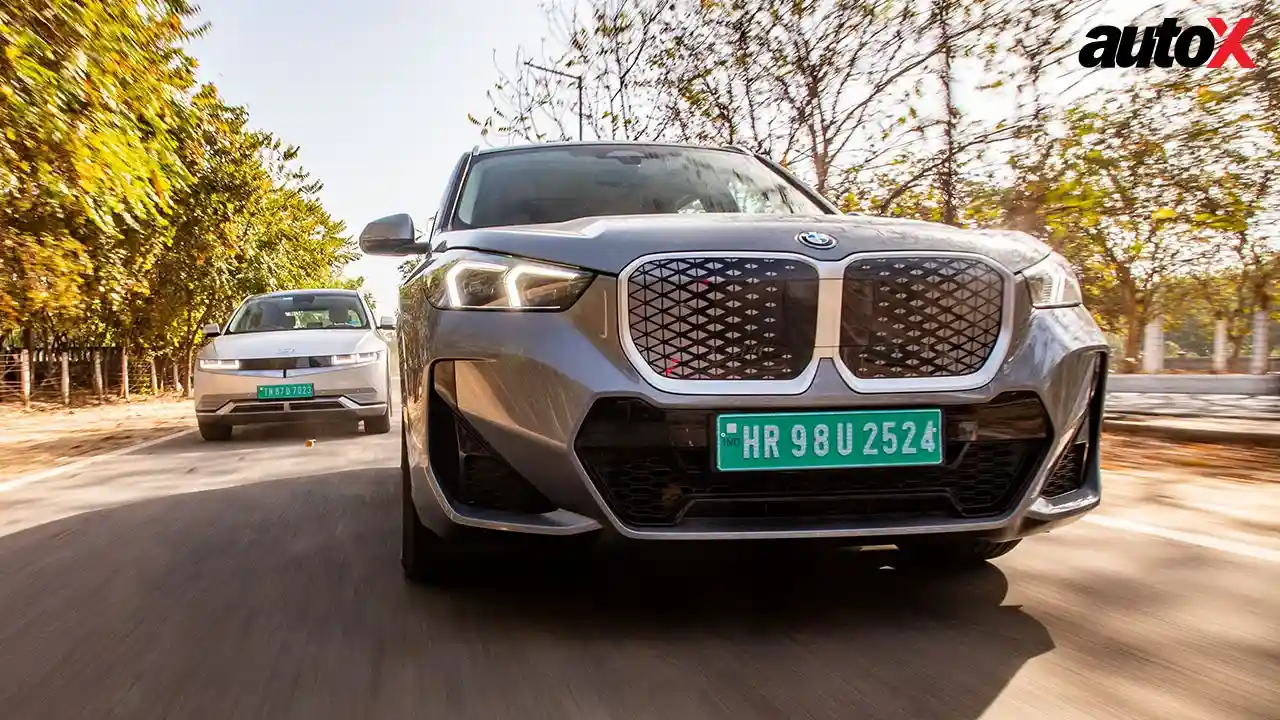
It also impresses in terms of driving dynamics. The steering wheel is well-weighted, and the car carries its heft with grace. Despite its tall stance, the chassis communicates clearly with your, well, derriere.
Compared to its predecessor, the iX1 LWB trades some of its performance for more capacity. BMW has opted for a single motor over the previous twin-motor setup to make the price more competitive. In terms of performance, there is a discernible thrust when you press the throttle pedal, but it’s just not as quick or powerful as the outgoing iX1’s twin-motor configuration.
The iX1 LWB gets a front-wheel drivetrain with a 66.4kWh battery pack, producing 204bhp and 250Nm of peak torque. It feels lighter and more agile because of the FWD setup, which is one of its biggest highlights in this comparison. In my opinion, it isn’t the fastest but definitely the most fun-to-drive of the three. Its lightweight, agility, and ease of manoeuvring make it a joy to drive in relentless Indian traffic. Its rear-seat comfort is also excellent, further adding to its usability. What lets it down, however, is the lack of adjustability.
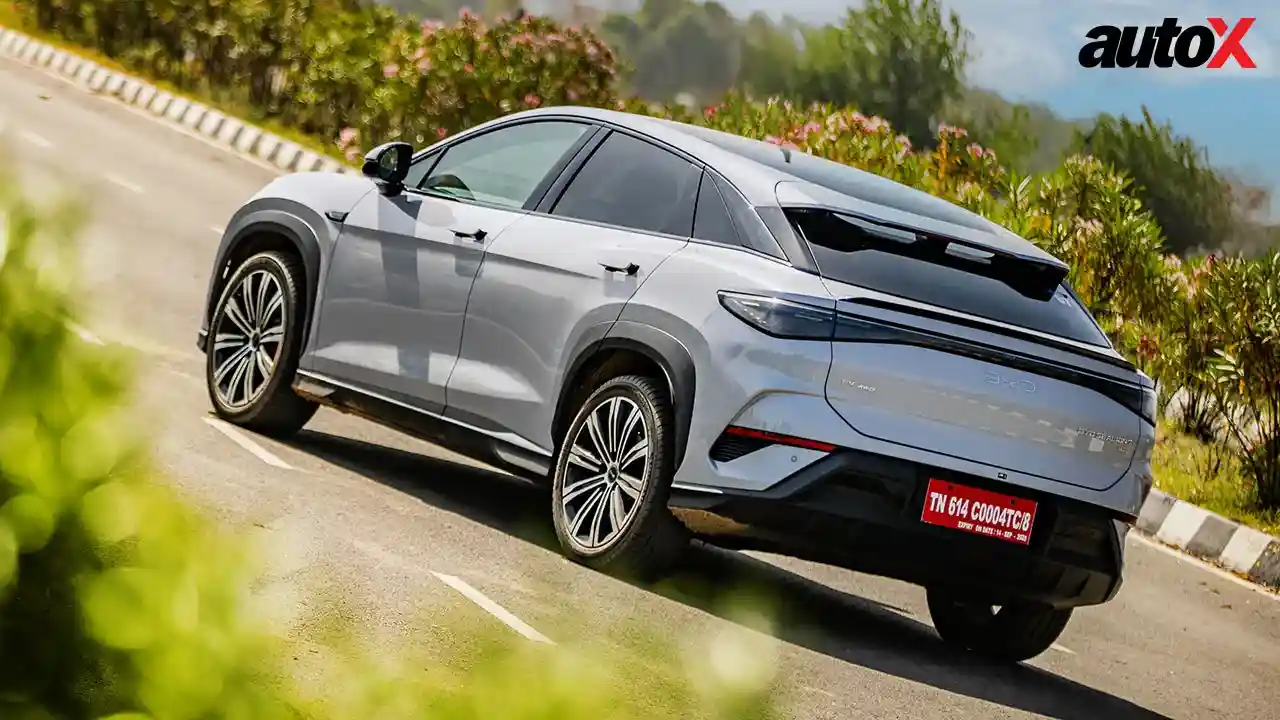
Finally, we come to the BYD Sealion 7. I must admit, there was a bit of cheating involved here. Aakash brought the dual-motor version, which makes 523bhp and 690Nm of peak torque and costs ₹55 lakh (ex-showroom). Remember, this entire comparison is about the best premium EV under ₹50 lakh. Still, we decided to give it a pass because the 82.5kWh battery pack and the feature list are identical to the variant that does fall under our price cap. Also, even the single-motor variant boasts of higher power (308bhp) and torque (380Nm) specs on paper, compared to the BMW and Hyundai contenders.
Surprisingly, the single-motor variant’s claimed range stands at 567km – less than what the Ioniq 5 offers with a smaller battery pack. Yet, all things considered, it strikes the best balance between comfort, range, and driving dynamics on the list. So, if you want comfort, you should go for the Ioniq 5; however, if you want both comfort and fun, the iX1 LWB should be your choice. But if you want it all, look no further than the Sealion 7.
Verdict
While it is easy for me to pick the BYD Sealion 7 as the winner of this comparison based on its well-rounded balance of comfort, performance, and features, the reality is a bit more complicated and nuanced. Some might choose the Hyundai Ioniq 5 based on the price, features, and reliability. Others, admittedly like me, might go for the iX1 LWB, given the brand value and fun factor. However, if you truly want to make a statement and want the best value for your buck, the Sealion 7 is your best bet. Forget its origins for a moment and try to understand that you don’t become the biggest EV maker in the world by accident – you do it by offering serious value. And the Sealion 7 is a testament to that.
----
The Hyundai Ioniq 5 excelled in our previous EV test because of its outstaning performance
The BMW iX1 LWB offers a more refined and premium-looking interior than the others
Arguably, the sleekest-looking car in this comparison, if not the entire Indian EV portfolio
If you just take a step back, you’ll realise that the Sealion 7 offers the most complete package of the trio
Engine: Single motor
Transmission: Single-speed RWD
Power: 215bhp
Torque: 350Nm
Range: 631km (ARAI)
Price: ₹46.05 Lakh Ex showroom
X-Factor: The oldest product in the group but still a solid option, considering its price.
|
Pros |
Cons |

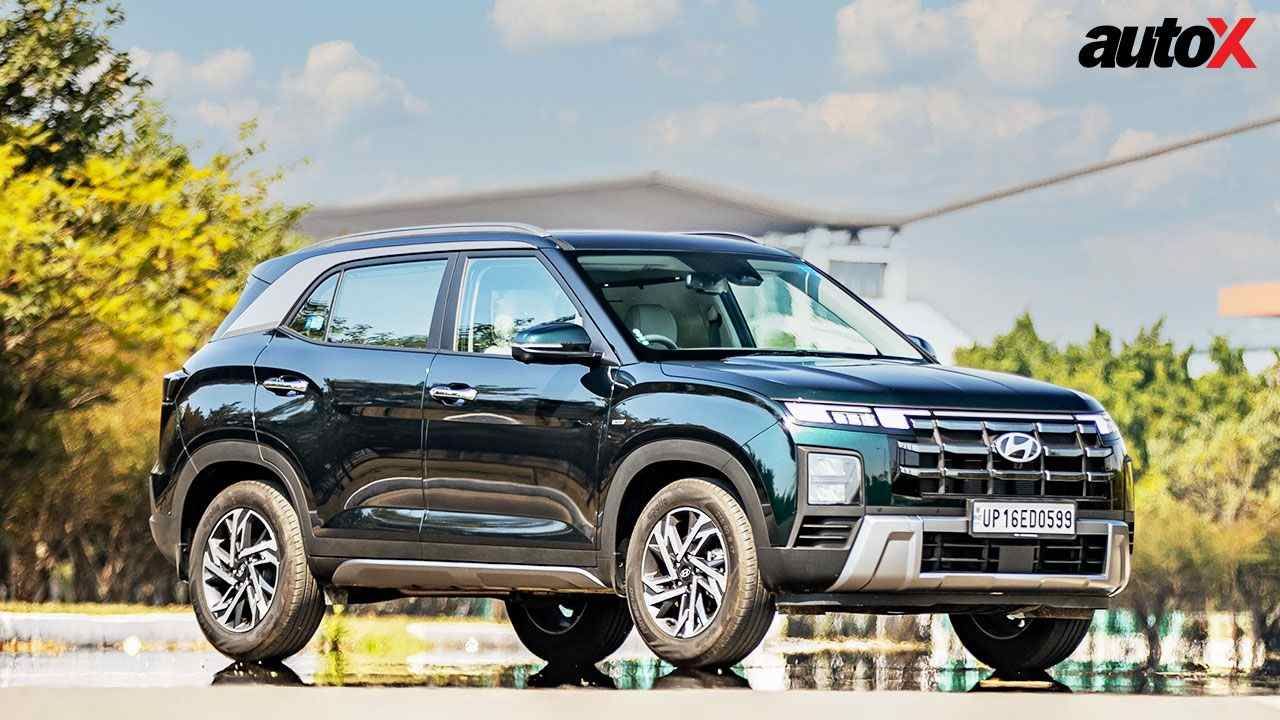


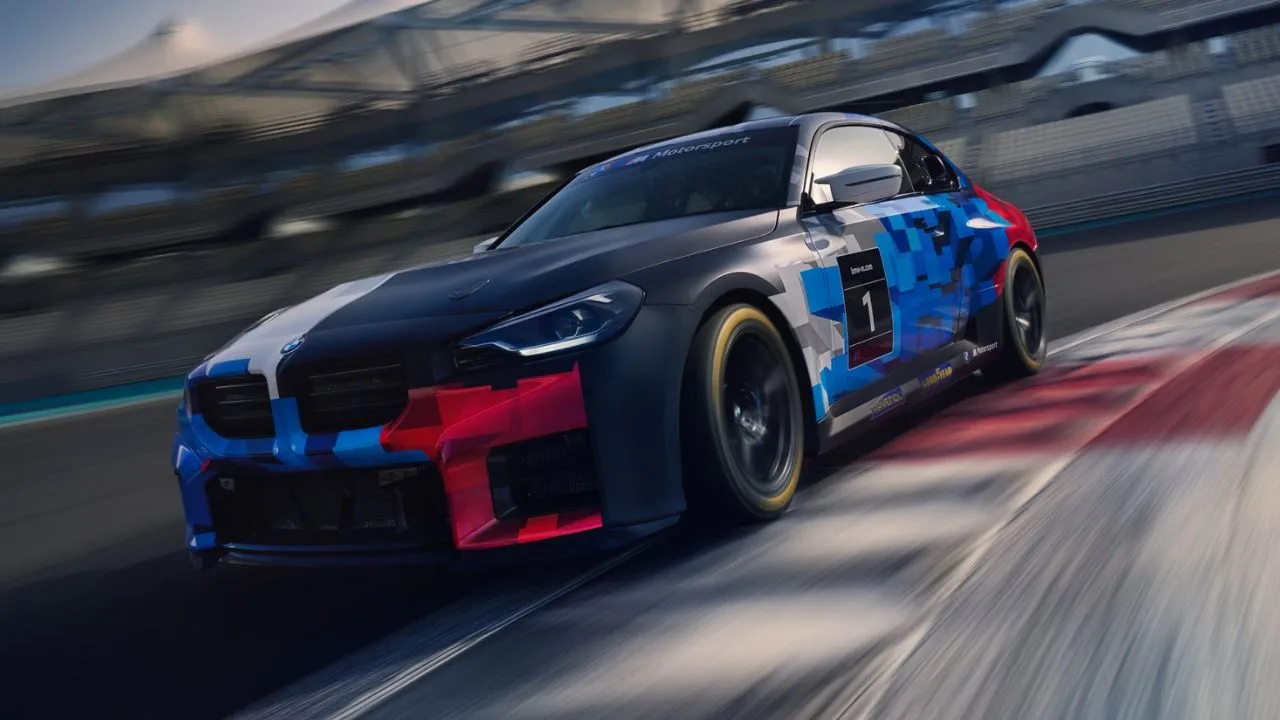

Write your Comment on